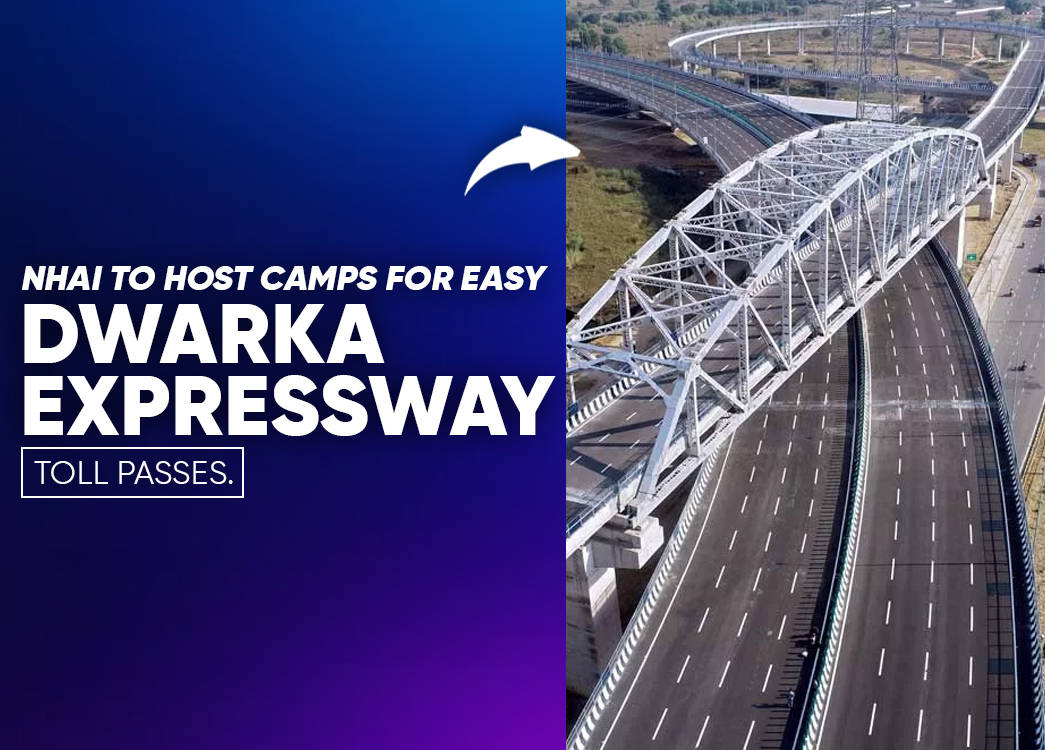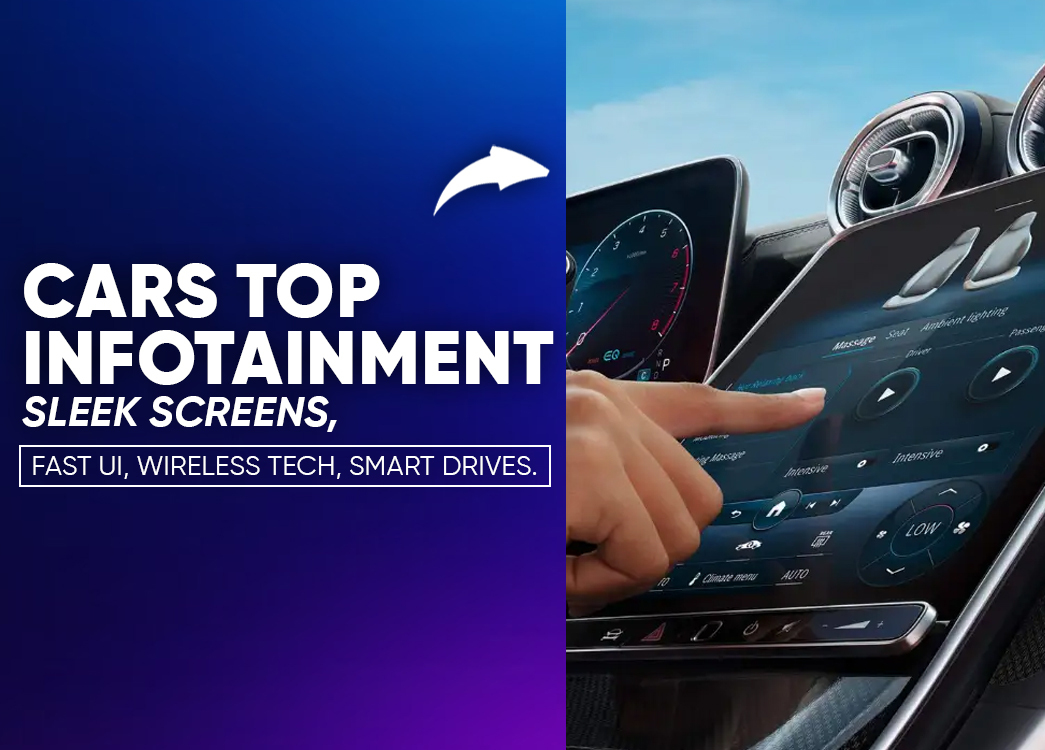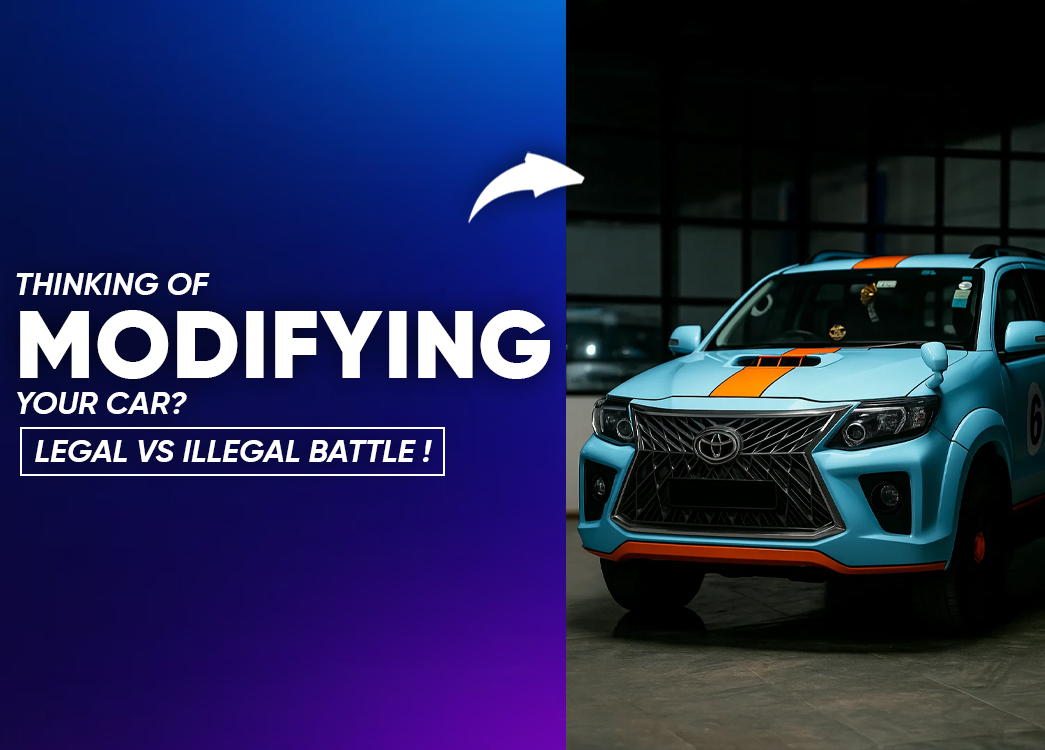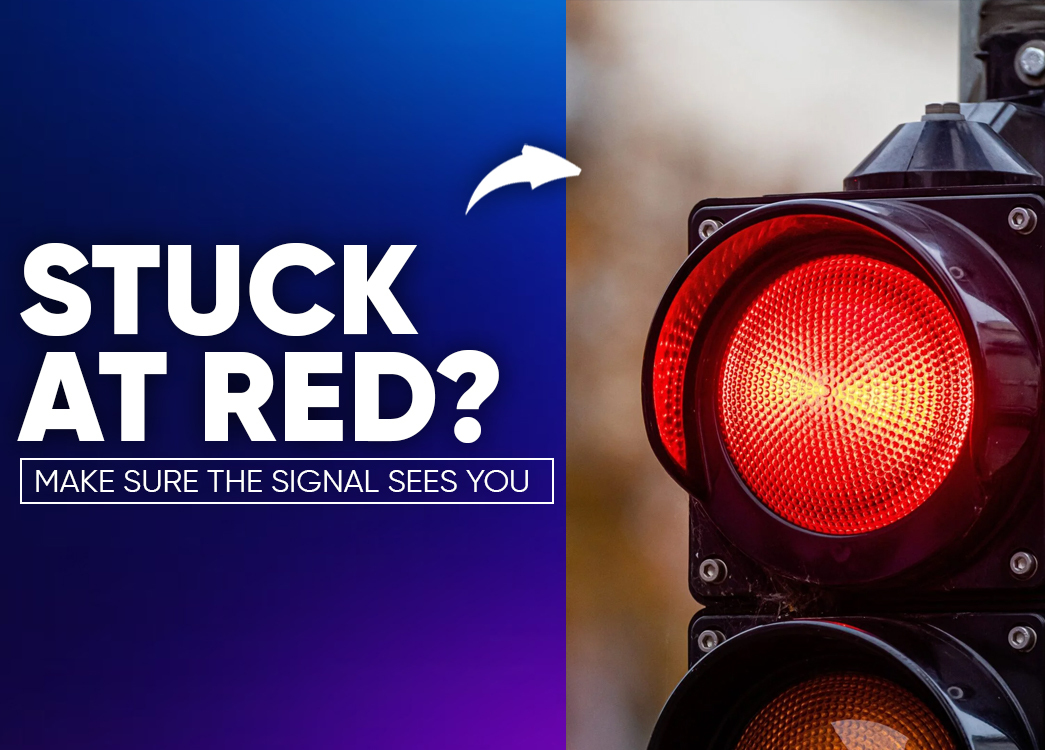
By Chaitali joshi On 25-11-2025 at 9:38 am
How to Make Traffic Signals Detect Your Vehicle Easily in India
Why Your Vehicle Isn’t Being Detected at Red Lights
Many traffic signals rely on buried inductive loops wire coils beneath the road surface that sense metal above them. When a vehicle with sufficient metal mass stops directly over the loop, the signal registers it and changes. When it doesn’t, you may be left waiting though no other driver is ahead.
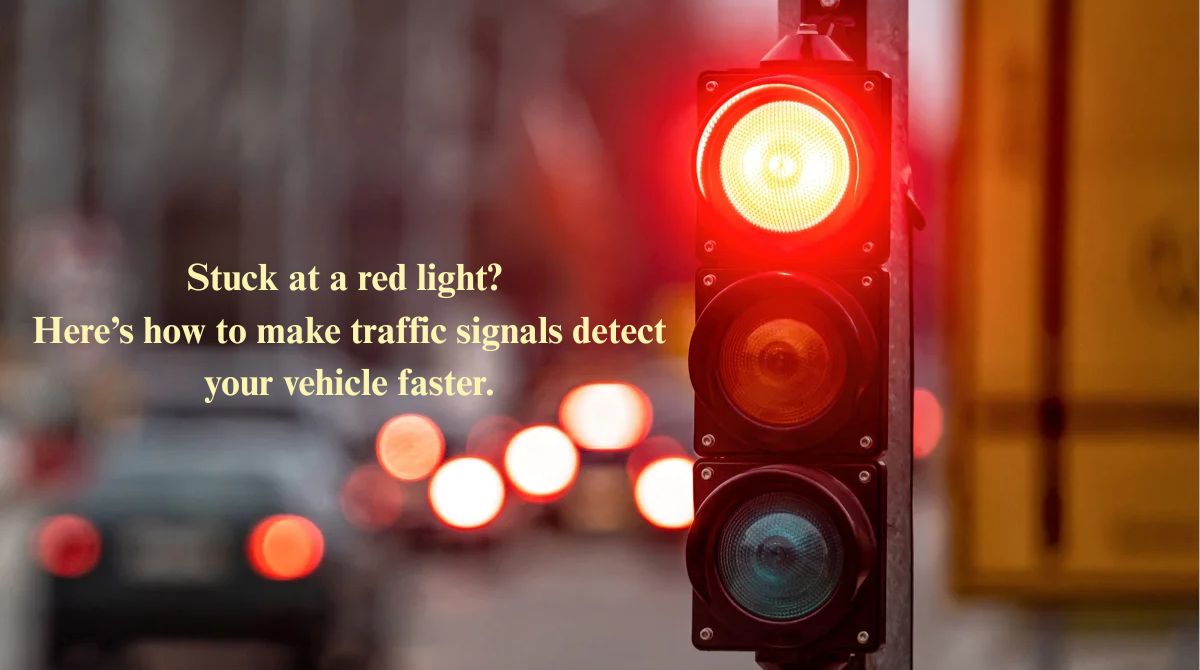
How Detection Systems Work at Traffic Signals
Here are the main types of detection systems used in signals:
| System Type | How It Works | Common Issues |
|---|---|---|
| Inductive Loop | Wire loops buried under road detect change in magnetic field when metal stops over them. | Fails if vehicle metal mass is low or stopped outside loop area. |
| Camera/Radar Based | Cameras or radar units detect vehicle presence ahead of stop line. | Can miss two-wheelers or vehicles in awkward lane positions. |
Practical Tips to Ensure Your Vehicle Gets Detected
To avoid being ignored by the signal, follow these steps:
- Align directly over the loop mark. Look for faint rectangular or circular markings on the road just before the stop line. Stop your front tyres or centre of your bike frame directly over the markings.
- Move slightly forward if the light remains red. Sometimes you stop just behind the loop area; rolling forward a few inches can often trigger detection.
- For bikes/two-wheelers increase your metal footprint. Bikes have less metal mass, so ensuring the engine block or feetrest are over the loop helps the signal sense you. Avoid standing between lanes.
- For camera/radar systems ensure position and visibility. Stop closer to the stop line, keep your headlights on in low light, and avoid staying in blind spots between lanes.
What to Do When the Stop Light Still Doesn’t Change
Even after good positioning, sometimes the signal will not detect you. This may happen if: the loop is damaged, sensor calibration is off, or the signal controller is stuck. In some areas, riders are allowed to proceed cautiously after one full cycle if they believe detection failed check local traffic rules. If repeated failures occur, you may consider reporting the signal issue to local traffic authorities.
Why Triggering Stop Lights Properly Matters for Everyone
When signals do not detect vehicles, several problems occur: longer waits, inefficient traffic flow, increased emissions, and frustration for drivers. Proper detection helps make intersections smoother and safer for all road users.
FAQs:
Why does my car get ignored at a traffic signal?
If the car stops outside the inductive loop, or if the metal mass above the loop is too low (especially two-wheelers), the system may not detect the vehicle.
How do I know where the loop is located?
Look for faint rectangular or circular markings on the road surface near the stop line these indicate the buried loop. Align your tyres or bike centre over that marking.
Are two-wheelers always ignored?
Not always. But because bikes have less metal mass, they often fail to trigger inductive loops. Stopping with more metal over the loop (engine block, central part) or rolling slightly forward helps detection.
Can I proceed if the signal never changes?
Only if local traffic rules permit it and you are sure the signal is faulty. Always proceed with caution and respect other traffic rules.
Does this apply to electric vehicles too?
Yes. Inductive loop detection depends on metal mass over the loop regardless of fuel type. Some signals use camera/radar too, which also require proper positioning and visibility.
Author
Chaitali joshi
Related posts





